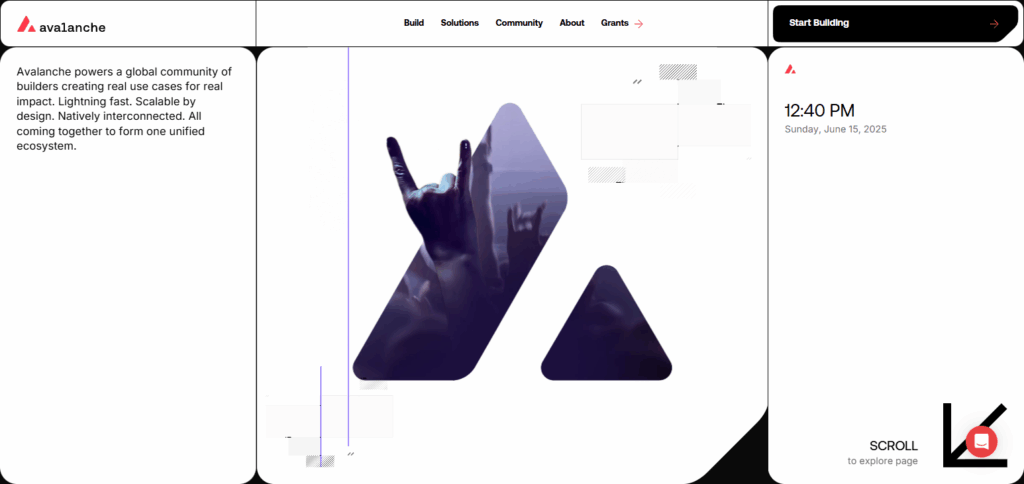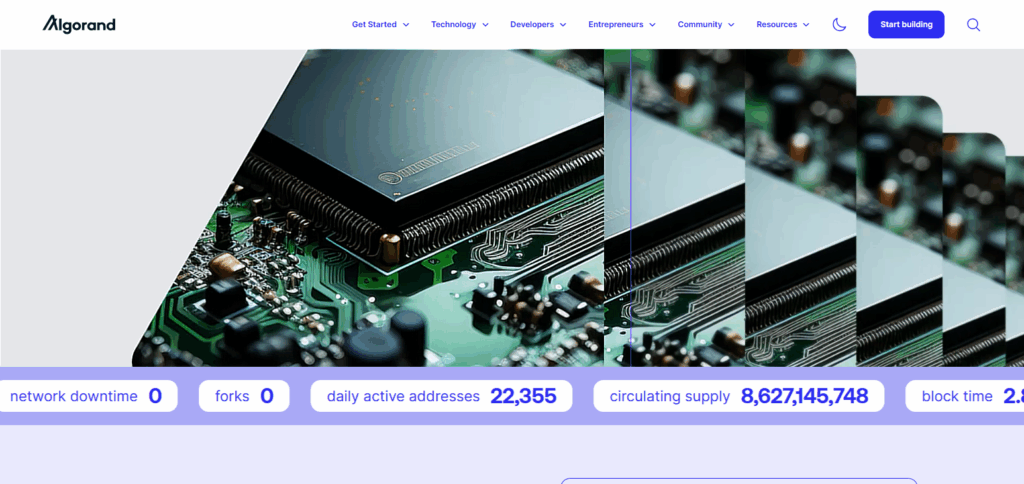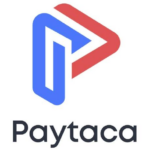In this post, I will talk about the Best Green Crypto Projects EU, spotlighting energy-saving blockchains, carbon-neutral plans, and other eco-smart ideas.
As the crypto world moves toward greener options, networks such as Ethereum, Solana, Algorand, and Polkadot are showing how to cut power use without losing speed or security. Lets dive into each one and see what makes its green approach special.
Best Green Crypto Projects EU List
| Crypto Project | Key Green Feature |
|---|---|
| Ethereum (ETH) | Transitioned to Proof-of-Stake (Ethereum 2.0), reducing energy consumption by over 99%. |
| Solana (SOL) | Uses Proof-of-History with Proof-of-Stake, enabling low-energy, high-speed transactions. |
| Chia (XCH) | Employs Proof-of-Space-and-Time, minimizing energy usage by utilizing disk storage instead of power-intensive mining. |
| Tezos (XTZ) | Energy-efficient Proof-of-Stake blockchain with on-chain governance that supports sustainable development. |
| Avalanche (AVAX) | Utilizes an energy-efficient consensus mechanism with a low carbon footprint and sub-second finality. |
| Algorand (ALGO) | Carbon-negative blockchain with built-in carbon offset partnerships and scalable green solutions. |
| Polkadot (DOT) | Nominated Proof-of-Stake system that is energy-efficient and allows interoperability across eco-friendly blockchains. |
| Polygon (MATIC) | Layer 2 solution for Ethereum, reducing the carbon footprint of transactions and maintaining low energy use. |
| Cardano (ADA) | Built on an energy-efficient Ouroboros Proof-of-Stake protocol, with a strong academic approach to sustainability. |
1. Ethereum (ETH)
In September 2022, Ethereum pulled off the big Merge and swapped its heavy Proof-of-Work system for lighter Proof-of-Stake. That single change trimmed power use by more than 99.95%. Instead of racing miners, now would-be validators lock up ETH, and the network runs on far less juice.

Today, Ethereums daily energy footprint reads closer to a small software firm than a whole nation. Plus, layer-2 helpers like Optimism and Arbitrum keep traffic thin, so every block costs even less power.
Because of these moves, Ethereums path to total carbon neutrality now wooes big funds, NFT artists, and DeFi builders hunting greener ground.
Ethereum (ETH) Features
- Consensus Mechanism: Proof-of-Stake (PoS) cuts energy use by about 99.95%.
- Scalability: Works with layer-2 networks like Optimism and Arbitrum.
- Smart Contracts: Home to the biggest decentralized app (dApp) community.
- Sustainability Efforts: Still investing in carbon offsets to shrink emissions.
2. Solana (SOL)
Solana is famous for its lightning-fast chain that can handle about 65,000 transactions every second while sipping tiny amounts of energy. It pulls this off thanks to Proof-of-History, which stamps each data piece with a time marker before any full check is done. That advance cuts down the math work and lets nodes agree almost instantly.

The end result is that each Solana transaction eats far less power than those on older blockchains, making it an easy choice for eco-minded developers.
The chain has rolled out several carbon-offset projects to boost its green image. Thanks to low fees and speedy blocks, developers pick Solana for NFT markets, dApps, and games. Those features position the network as one of the cleaner options for heavy crypto activity.
Solana (SOL) Features
- High-Speed Transactions: Handles roughly 65,000 trades every second.
- Consensus Mechanism: Combines Proof-of-History (PoH) with PoS for speed.
- Low Energy Usage: Requires far less power than older blockchains.
- Eco-Friendly Initiatives: Funds offset projects to balance its footprint.
3. Chia (XCH)
Chia uses an unusual method called Proof-of-Space-and-Time (PoST) that relies on spare hard-drive space instead of traditional, power-hungry mining rigs. Participants plot and store files, so power use drops and electricity bills shrink.

This design often pins Chia near the top of lists for energy-smart blockchains. Still, heavy plotting raises demand for hard drives, sparking fears of shortages.
To address the issue, Chia pushes for recyclable, long-lived storage and collaborates with suppliers on greener data centers. Its model lures investors seeking clean mining options while still delivering quick transactions and solid security.
Chia (XCH) Features
- Innovative Mining: Proof-of-Space-and-Time (PoST) cuts electricity needs.
- Storage-Based Validation: Farms plots on hard drives, not hungry GPUs.
- Green Mining Alternative: Skips the heat and noise of classic mining rigs.
- Scalability: Designed for DeFi and large business use from day one.
4. Tezos (XTZ)
Tezos runs a Liquid Proof-of-Stake (LPoS) system that cuts energy use yet keeps the chain safe. Holders can delegate staking power without moving coins, so machines stay idle and power costs stay down.

Tezos is deeply engaged in carbon-offset programs, so many observers now call it the green blockchain. The network has become a favorite for NFT creators, because artists can mint eco-friendly digital assets without guilt.
Tezos also teams up with brands that care about the planet to build on-chain carbon-credit markets. Thanks to its open governance, the protocol can roll out on-chain upgrades- including green tweaks- without costly hard forks.
Tezos (XTZ) Features
- Consensus Mechanism: Liquid Proof-of-Stake (LPoS) keeps power costs low.
- Self-Amending Blockchain: Upgrades on the fly, so forks are rare.
- Eco-Friendly NFT Support: A top choice for low-impact NFT creation.
- Corporate Adoption: Teams with brands to issue blockchain carbon credits.
5. Avalanche (AVAX)
Avalanche is a high-performance chain that leans on Proof-of-Stake, so it burns little power and still delivers near-instant finality. Instead of a single ledger, Avalanche uses a subnet model that lets mini blockchains process their own traffic, cutting overhead and emissions.

This plug-and-play design keeps security strong and decentralization intact while shrinking the networks carbon footprint. Avalanche has even pledged to go carbon-neutral and works with offset projects that balance any emissions it does create.
As a result, the platform powers a busy mix of DeFi pools, games, and enterprise tools without weighing down the climate.
Avalanche (AVAX) Features
- High Performance: Near-instant confirmations and tiny energy bills.
- Modular Design: The system runs in separate modules so each part can work faster.
- Eco-Friendly Protocol: It aims to run on clean energy and take back any carbon still left over.
- Versatile Applications: People use it for DeFi, games, and tools that big companies need.
6. Algorand (ALGO)
Algorand now advertises itself as a carbon-neutral blockchain because it relies on Pure Proof-of-Stake, a voting method that keeps validators friendly instead of cutthroat.
Since random stakers verify blocks with tiny computers instead of ASIC farms, the networks electricity bill-and its environmental impact-is tiny.

The platform regularly teams up with green groups to cancel out carbon released during use and to push for eco-friendly blockchain habits.
Its tech handles financial deals, supply-chain tasks, and decentralized apps, so many businesses pick Algorand when they want a cleaner ledger.
Algorand (ALGO) Features
- Carbon-Neutral Blockchain: It teams up with green partners to cancel out the emissions it causes.
- Consensus Mechanism: Pure Proof-of-Stake (PPoS) means nodes take turns, so no big block race happens.
- Enterprise Adoption: Its code suits money transfers and tracking goods from factory to store.
- Fast & Secure: Transactions and dApps load quickly without losing decentralization.
7. Polkadot (DOT)
Polkadot is built for interoperability and sustainability, running on a Nominated Proof-of-Stake (NPoS) system that uses far less power than proof-of-work chains. Validators get chosen by those in the network who stake, which spreads security and keeps numbers high without draining hardware.

The setup features several parachains, each tuned for its own job, so traffic stays light and speed stays high. Less energy spent on each strand lets Polkadot run a scalable, eco-friendly multichain world. Its push for cross-chain teamwork also cuts down on duplicate ledgers, giving the planet one fewer chain to cool.
Polkadot (DOT) Features
- Consensus Mechanism: Nominated Proof-of-Stake (NPoS) picks trustworthy validators to save energy.
- Interoperability: Chains share data straight across the network, not through power-hungry bridges.
- Scalability: Parachains run side by side, so one busy app does not clog the whole system.
- Eco-Conscious Design: By sharing security, Polkadot cuts the waste of each chain running bots alone.
8. Polygon (MATIC)
Polygon sits on top of Ethereum as a layer-2 boost, chopping both gas costs and the power needed for each swap. After Eths move to proof of stake, Polygon pretty much doubled down, now chasing carbon-negative goals.

The network zips through trades and keeps the main chain from clogging, so it suits DeFi apps, NFT shops, and private partners.
To match any leftover footprint, Polygon runs green blockchain projects and funnels coins into offset schemes, giving users a clear eco-route.
Thanks to growing ties in Web3 green tech, Polygon keeps landing on lists of eco-friendly blockchains.
Polygon (MATIC) Features
- Layer-2 Scaling: Sitting on Ethereum, it handles cheap jobs off-chain and bumps costs down.
- Carbon-Negative Initiative: Audits its carbon footprint and funds clean projects to stay in the red.
- DeFi & NFT Support: Developers love it for wallets, swaps, and art sales that stay green.
- Fast & Efficient: Blocks settle in seconds, and gas fees feel like pocket change.
9. Cardano (ADA)
Cardano uses an energy-saving Proof-of-Stake (PoS) model, letting dApps run without sucking up huge power. Every update goes through peer-reviewed research, so its chain grows on solid, scientific ground.

The team also backs real-world projects, like planting trees for every transaction linked to their ledger.
This green spirit flows into smart contracts, DeFi tools, and identity apps designed to tread lightly. Plus, the network’s layered design trims extra work, lowering costs and extending its lifespan.
Cardano (ADA) Features
- Consensus Mechanism: Proof-of-Stake (PoS) lets owners earn rewards without massive mining rigs.
- Scientific Research-Based Development: New code passes under peer review before it goes live.
- Environmental Initiatives: It funds tree-planting and other green projects linked directly to blocks.
- Scalability: A layered setup keeps smart contracts light, so the network skips pointless math.
Conclusion
The top green crypto projects in Europe are changing the game by using low-energy proof systems, carbon-cutting plans, and fast, cheap transactions. Ethereums move to Proof-of-Stake (PoS) slashed its power use, and Solanas speedy Proof-of-History (PoH) shows a chain can be quick and lean.
Coins such as Chia and Algorand prove that you dont need heavy mining rigs to validate blocks. At the same time, Tezos, Avalanche, Polkadot, and Cardano use smart governance and scaling tricks to stay green. Polygon goes further by being carbon-negative, proving a layer-2 add-on can fix older networks.
Together, these teams point crypto toward a cleaner future, where speed, growth, and the planet all win. As the space grows, carbon-neutral, stretchy tech will define the next wave of apps and money. Interested in a closer look at any of these platforms?









